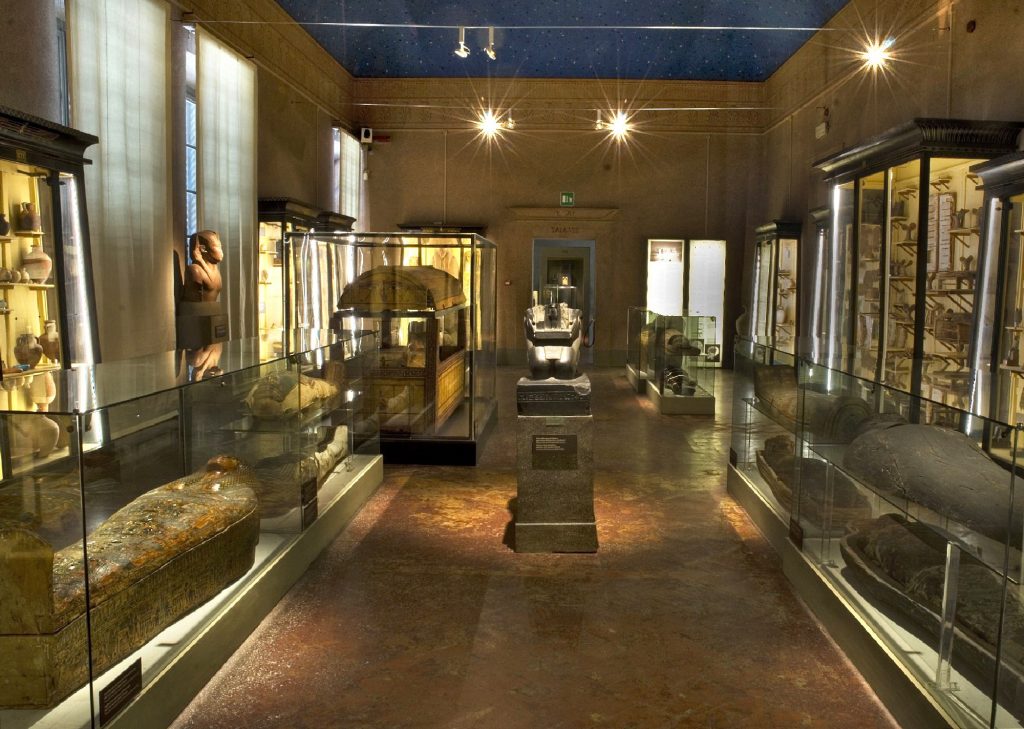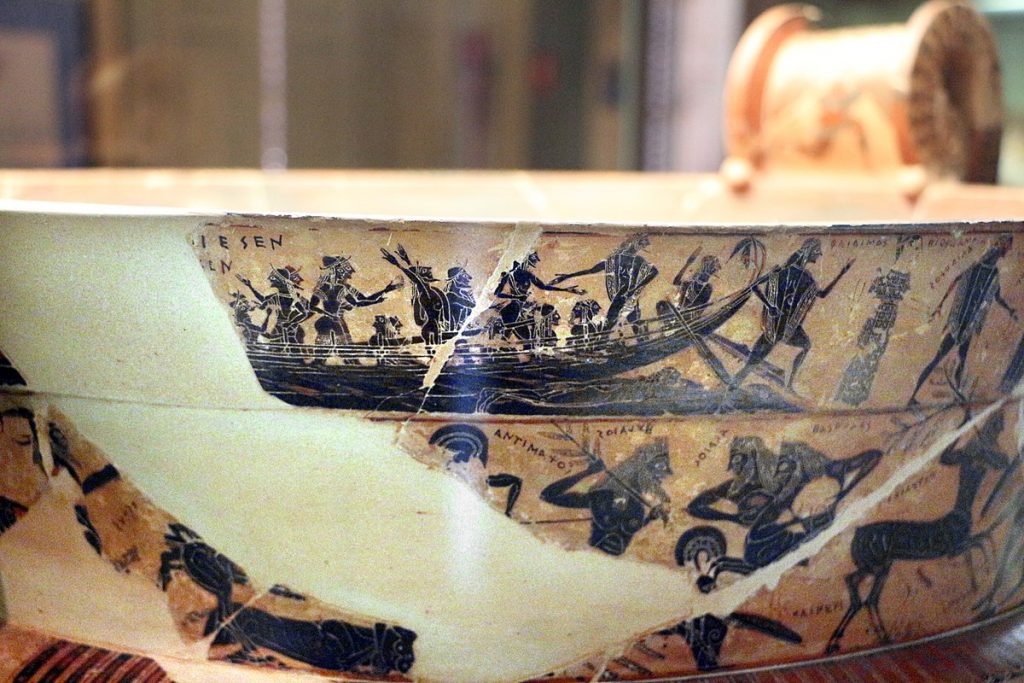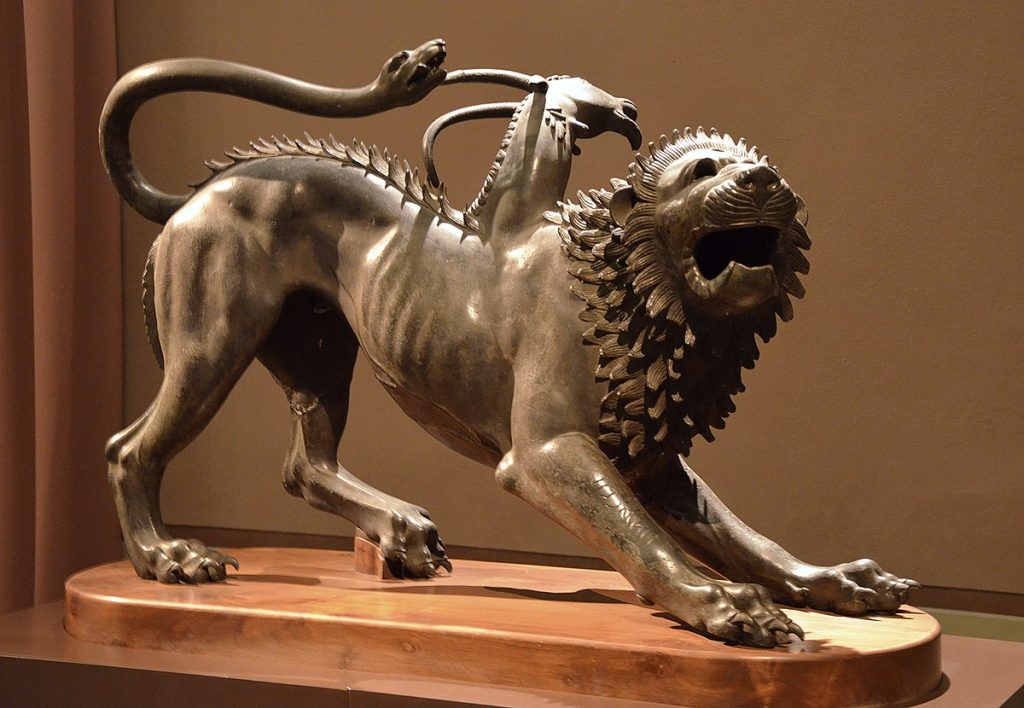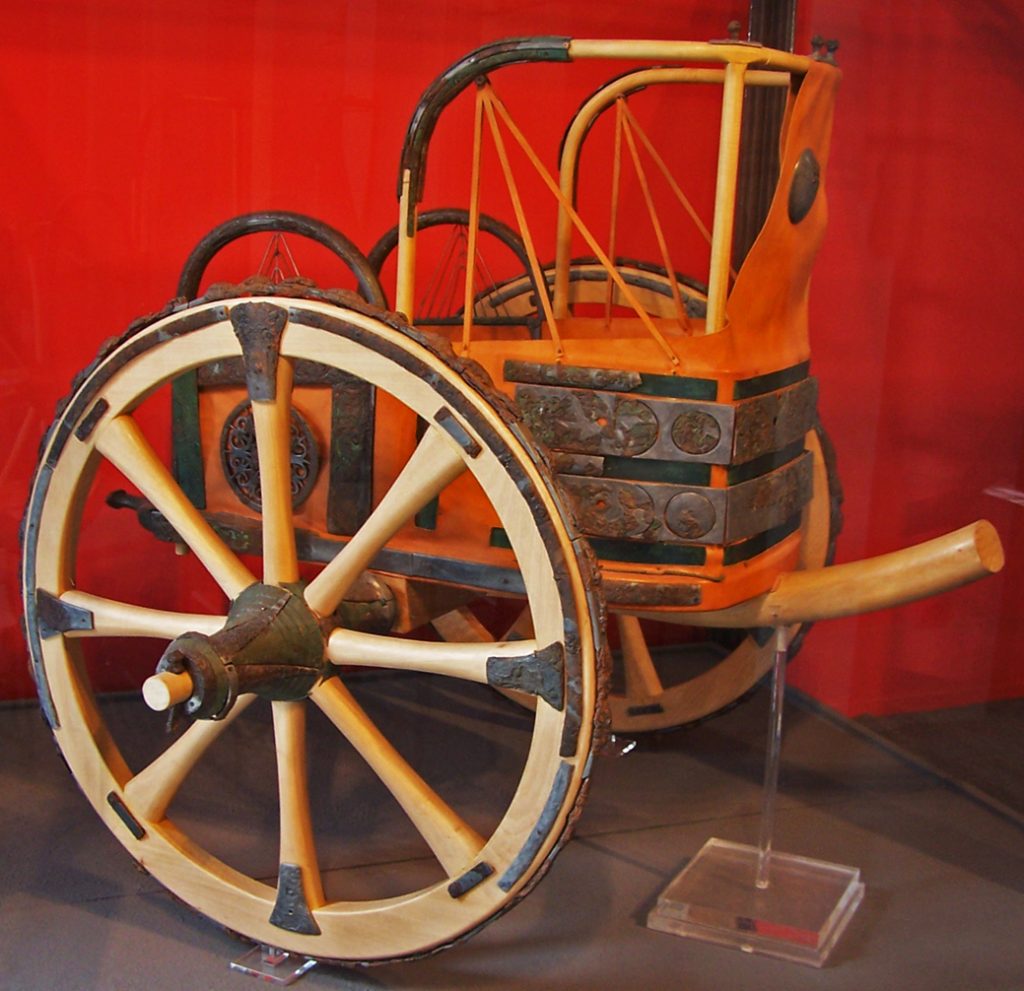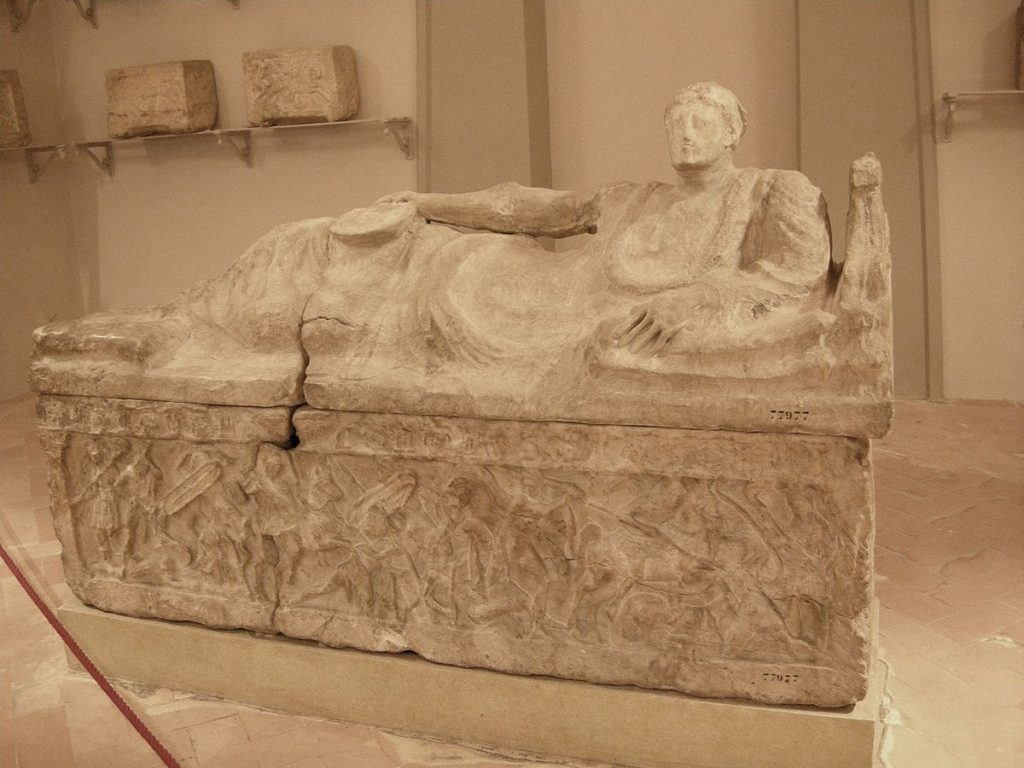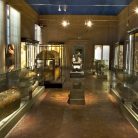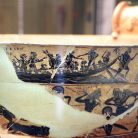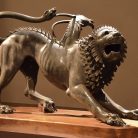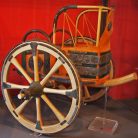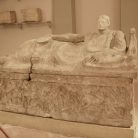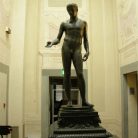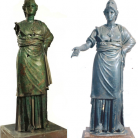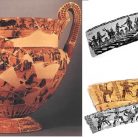Highlights
- Chimera of Arezzo
- François Vase
- The Orator statue
- Minerva of Arezzo
- Sarcophagus of the Amazons
- Sarcophagus of Larthia Seianti
- Egyptian Hall
Description
The National Archaeological Museum of Florence is one of the biggest of Italy. It is located in the Palazzo della Crocetta, a palace built in 1620 for princess Maria Maddalena de' Medici, daughter of Ferdinand I de' Medici, by Giulio Parigi. The princess was born disabled and had difficulties climbing stairs, the architect Parigi built a series of raised passages above street level across which she could move without use of stairs and with no need of crossing public streets. The Museum was born from the personal collections of the Medici and the Lorraine. Additions continued also during the 19th century, with importand works like the Sarcophagus of the Amazons and the Larthia Seianti. One of the highlights of the Archaeological Museum is the Chimera: a votive bronze statue found in Arezzo in 1553, a creature that is part lion, part goat and part snake, it was especially dear to Cosimo I as a symbol of power; it is one of the best known examples of Etruscan art. Among the other masterpieces we find the statues of Arringatore (Orator), Minerva, the terracotta and travertine urns from Volterra, and the Greek ceramic vases with black figures. The Museum is also very important for its Egyptian collection, second in Italy only to the one displayed in the famous Egyptian Museum of Turin.The best experience at the best price
Included
- Skip-the-line ticket
- 2-hour private guided tour of the Archaeological Museum
Excluded
ExtrasStarting Point
National Archaeological Museum main entrance - Piazza della Santissima Annunziata 9b, Firenze

